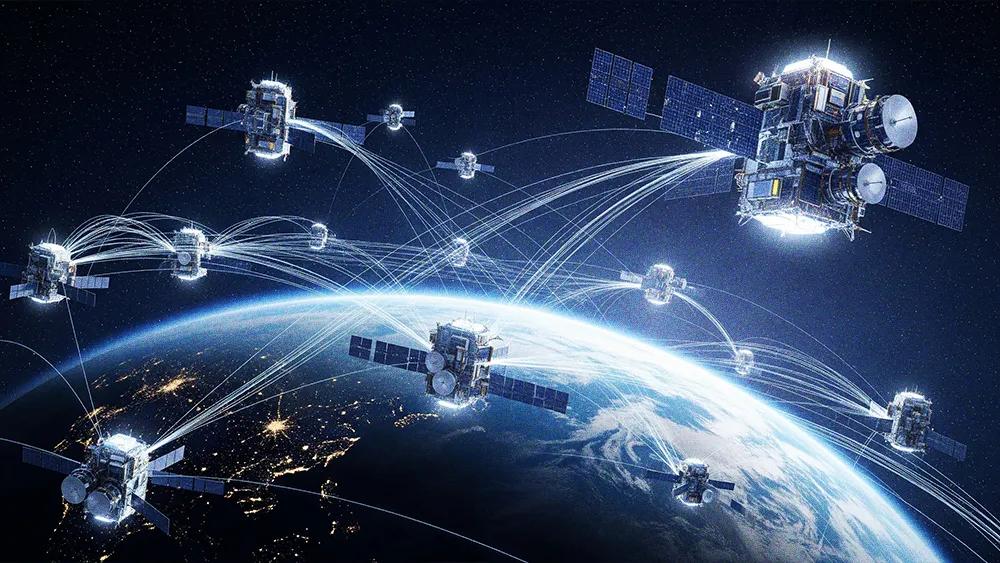Until recently, the order for tech leaders has been clear: get to the cloud. Convinced it was the only path forward, most companies obliged, unknowingly trading control over their data for convenience. Now, the tide is turning back: most critical data is coming home. Beyond a technical correction, the shift is profoundly human. And, it reflects a widespread and growing desire to reclaim independence from the digital systems shaping humanity. At every level, the goal is to take back data sovereignty.
Gaurav Sharma, a Principal Product Manager at Edgecore Networks Corporation, has a ground-level view of the forces driving this change. As a product leader, Sharma has boosted sales and reduced operational costs while leading large engineering teams. At the highest level, the push for data sovereignty is a geopolitical imperative, he explains.
"AI is a game-changer for defense, education, and healthcare. Data is the new gold, but the challenge is to process it the right way, following ethical policies that protect human rights. Otherwise, that same data can be used to challenge national security," Sharma says. In today's climate, countries and companies must ensure that their most critical asset, data, resides within their borders and is governed by their own policies.
Home turf advantage: Control over local data is fundamental to national security, Sharma advises. “Every country wants its data to reside locally instead of being put somewhere globally in the cloud, where they don't have control. We never know what's going to happen if the data goes to a centralized location where it can be manipulated."
Selling you to you: Now, most countries are confronting an economic reality they helped create, Sharma explains. Here, he describes a cycle of dependency in which nations rely on global cloud providers, who then sell intelligence derived from that data back to the source country. "Hyperscalers aggregate and process a country’s data, then sell back the intelligence through their cloud services. The country is unable to process the data itself due to limited capacity to build and manage its own data centers, leaving it dependent on the cloud companies."
Beyond the global stage, pragmatic business decisions drive this migration, Sharma continues. In fact, some industry reports predict up to 90% of enterprises will move to hybrid models by 2027. To do so usually involves data triage, or bringing the most sensitive data back on-premise while leaving less critical workloads in the public cloud.
Control at a cost: A long-term financial calculation drives the enterprise shift for most leaders, Sharma explains. That means weighing the cloud's initial convenience against its rising operational expenses and the corresponding loss of security. “The first point is cost. Cloud service provider costs are increasing daily. Of course, they have to earn money and increase revenue. But at the same time, enterprises are also losing control over their security."
Always watching: Next, Sharma describes a “non-obvious risk” that's been silently growing with its ease of use: ongoing, sanctioned surveillance built into the platforms’ business models. “You never know how this data is going to be used. The cloud service providers are studying all your profiles and messages. Based on your choices and daily activities, they are going to show you targeted advertisements."
The spam-call connection: “You never know if this data will be sold to a third party. That's why you get so many spam calls from banks, healthcare, and insurance. This is also what enables so many fraudulent transactions. You believe your information is private, but it's available to them."
But dependency on cloud platforms comes with another hidden cost for convenience, Sharma explains. For him, the solution is a personal form of data repatriation: consciously choosing which tasks to run in our own heads.
An intelligence drain: Our reliance on technology will only deepen as innovation continues to accelerate, Sharma predicts. Eventually, that could create a dependency cycle with a cognitive and personal cost. “We will reduce our intelligence because we are becoming more and more dependent on AI tools going forward. From a personal habit perspective, we are moving away from spending time with ourselves and toward spending time offline pursuing our hobbies and interests. The digital, virtual world is challenging that."
Instead of abandoning AI, Sharma's advice is to practice discernment. Advocating for digital literacy, he explains how users can actively educate themselves about the pros and cons of their applications to select them more deliberately rather than defaulting to them for every task. “We must be familiar with the right set of AI tools and understand which ones won't compromise your security. Use them intelligently, and avoid using them for every small thing."
But the biggest bottleneck to reclaiming data sovereignty isn't code, Sharma continues. It's physics. Here, he identifies energy usage as the primary physical constraint that will define the next phase of data center innovation. New AI hardware now consumes 10 times as much power as it did just five years ago. To meet demand, the industry is developing advanced cooling solutions to keep data centers running 24/7. Echoing a prediction from Meta's founder, Sharma concludes, "Computing is not going to be the challenge. The challenge will be energy."









